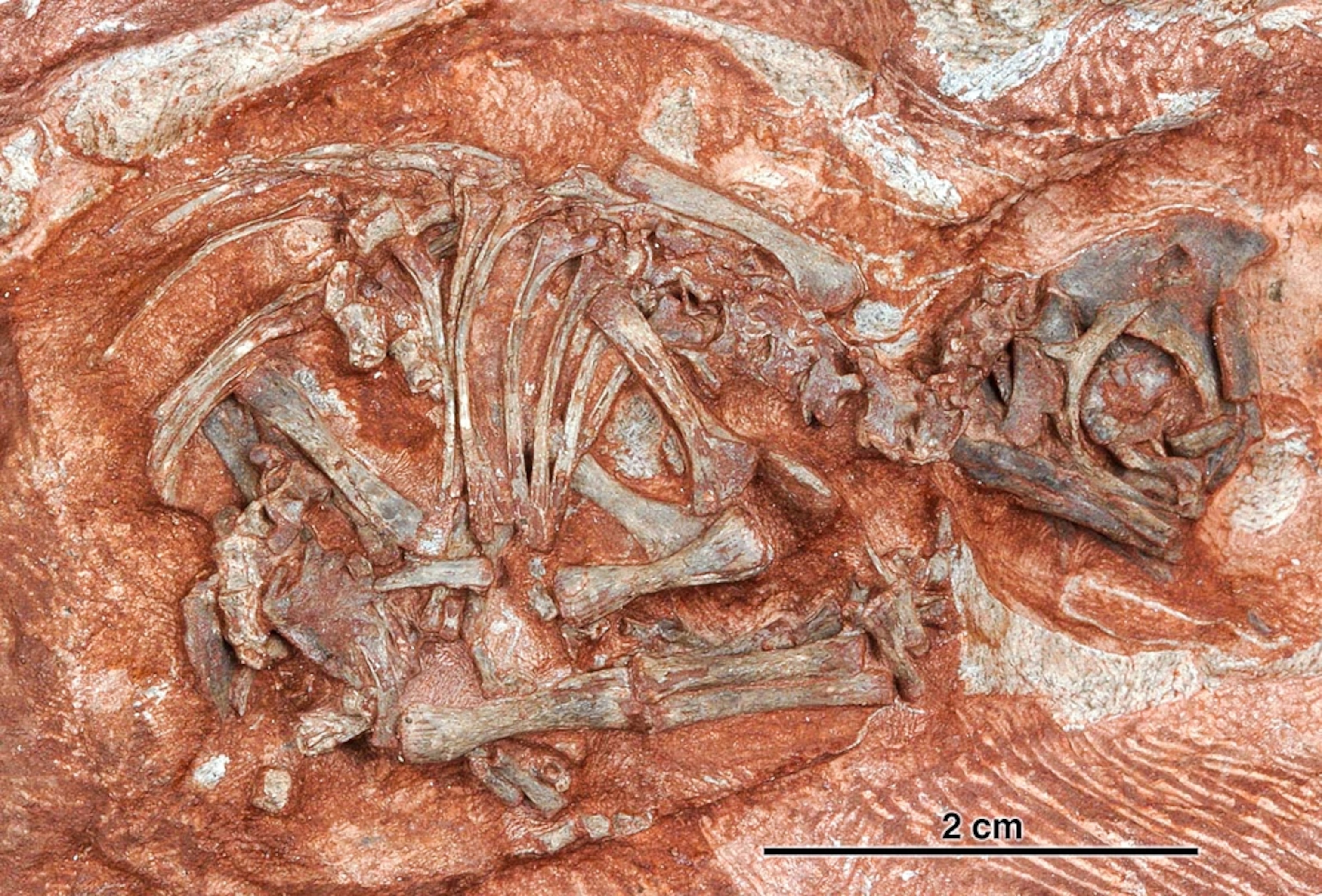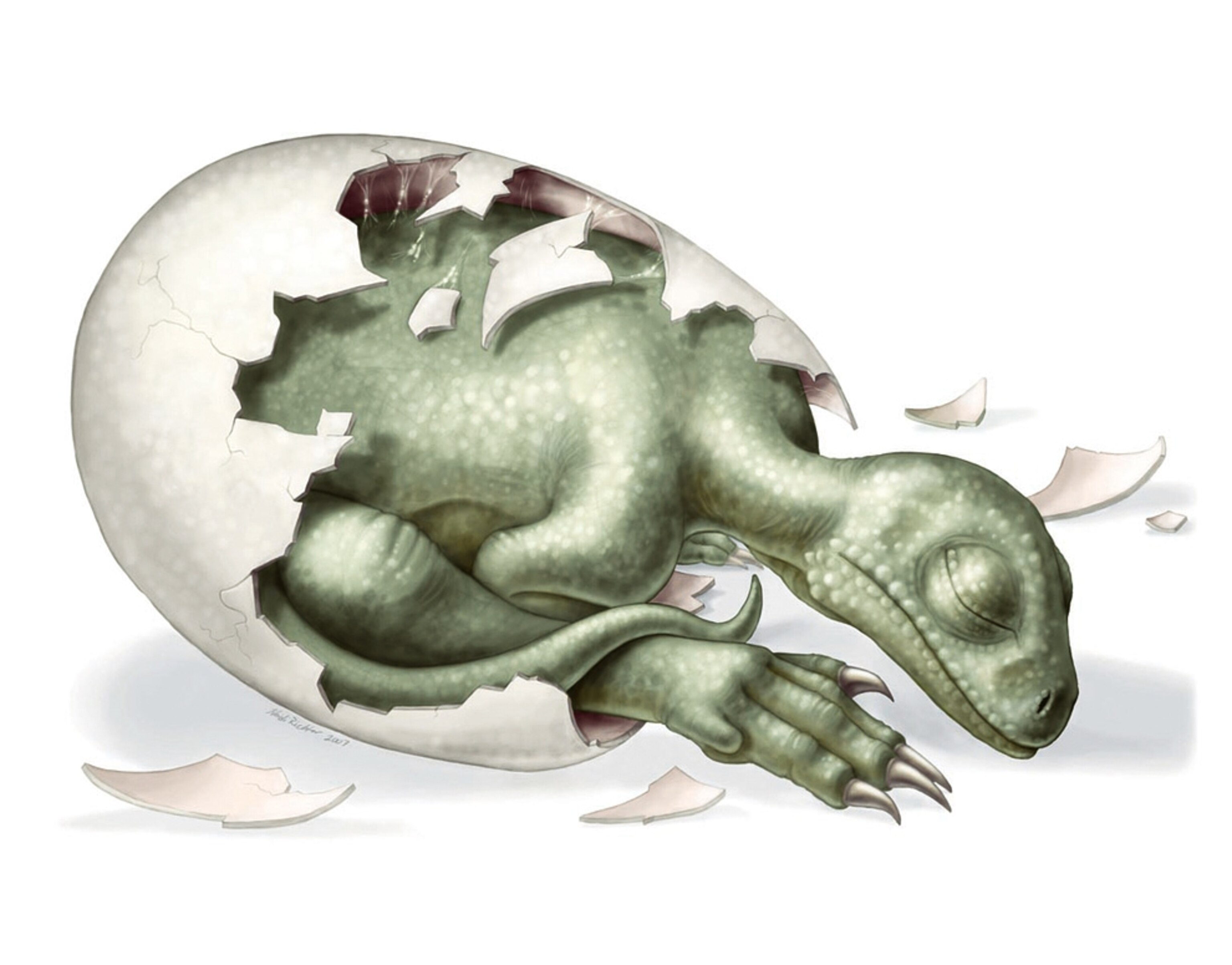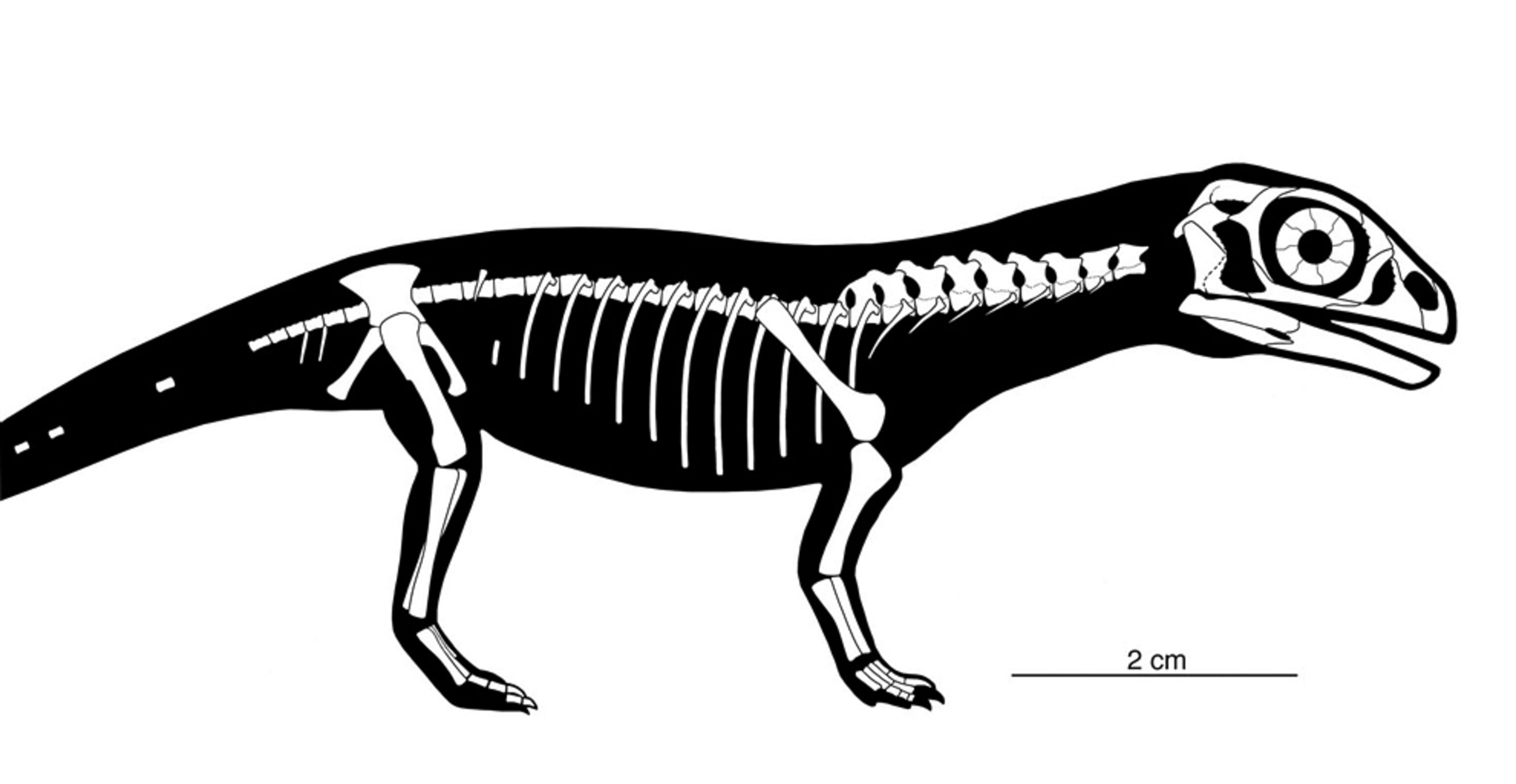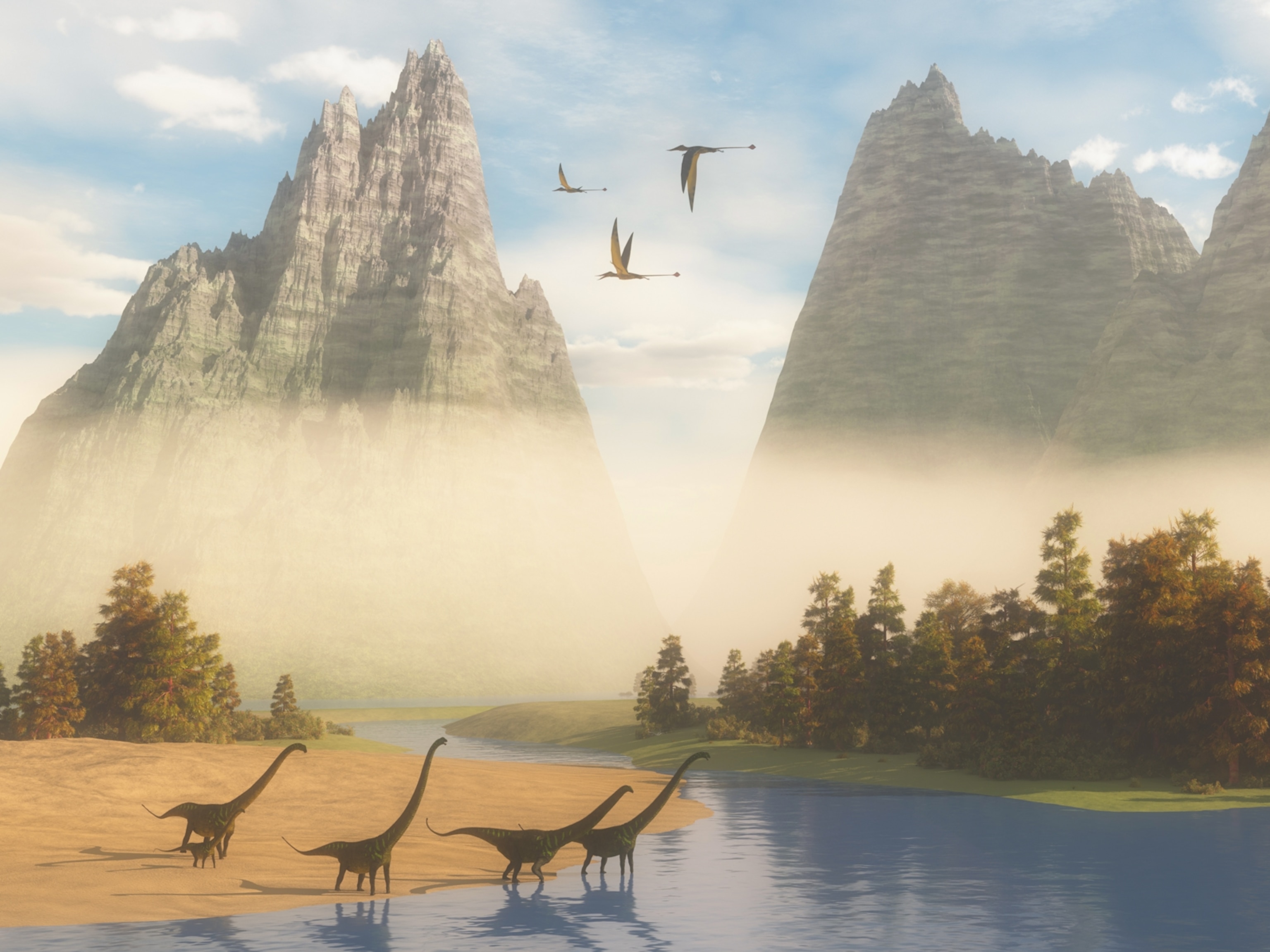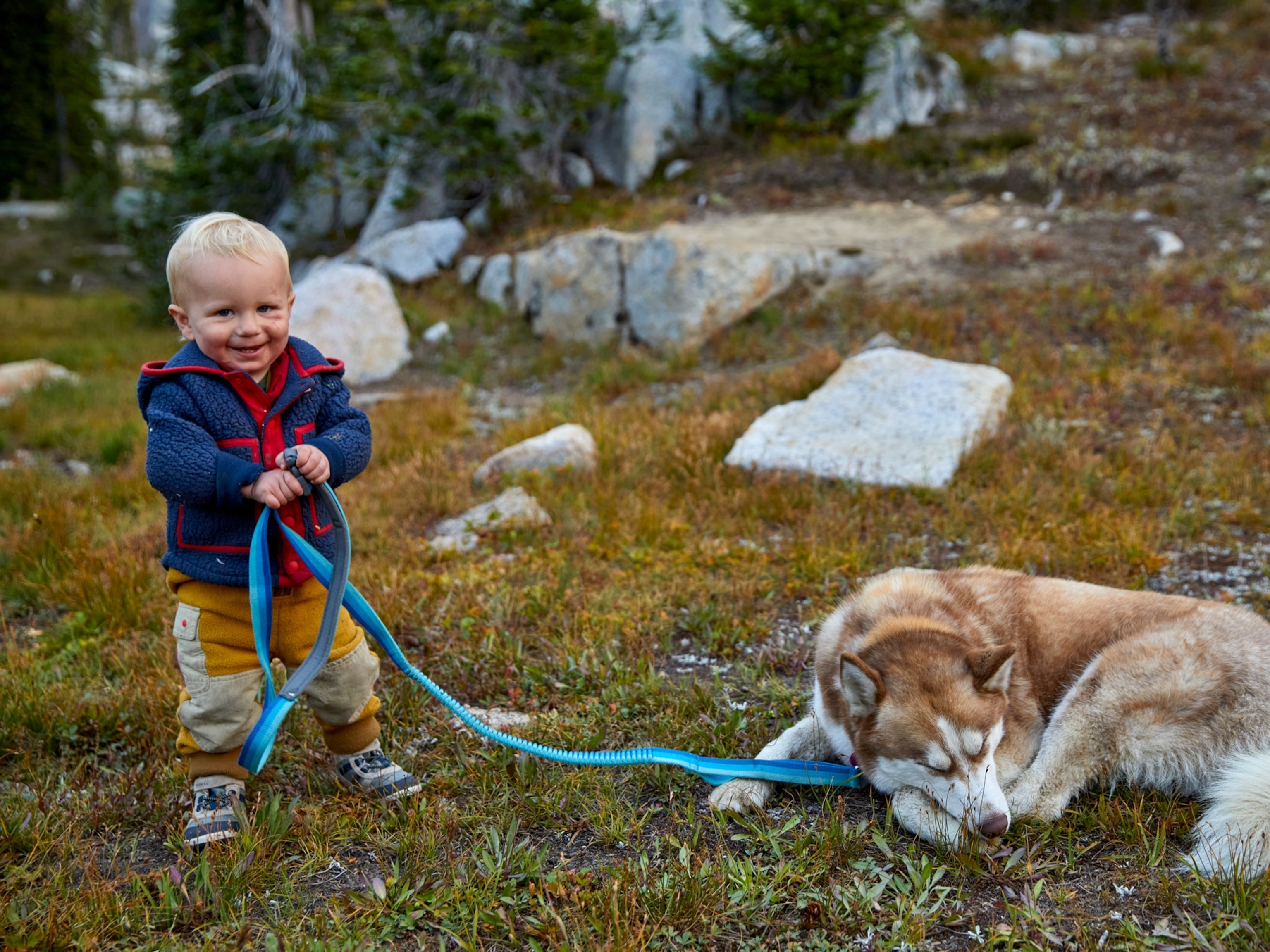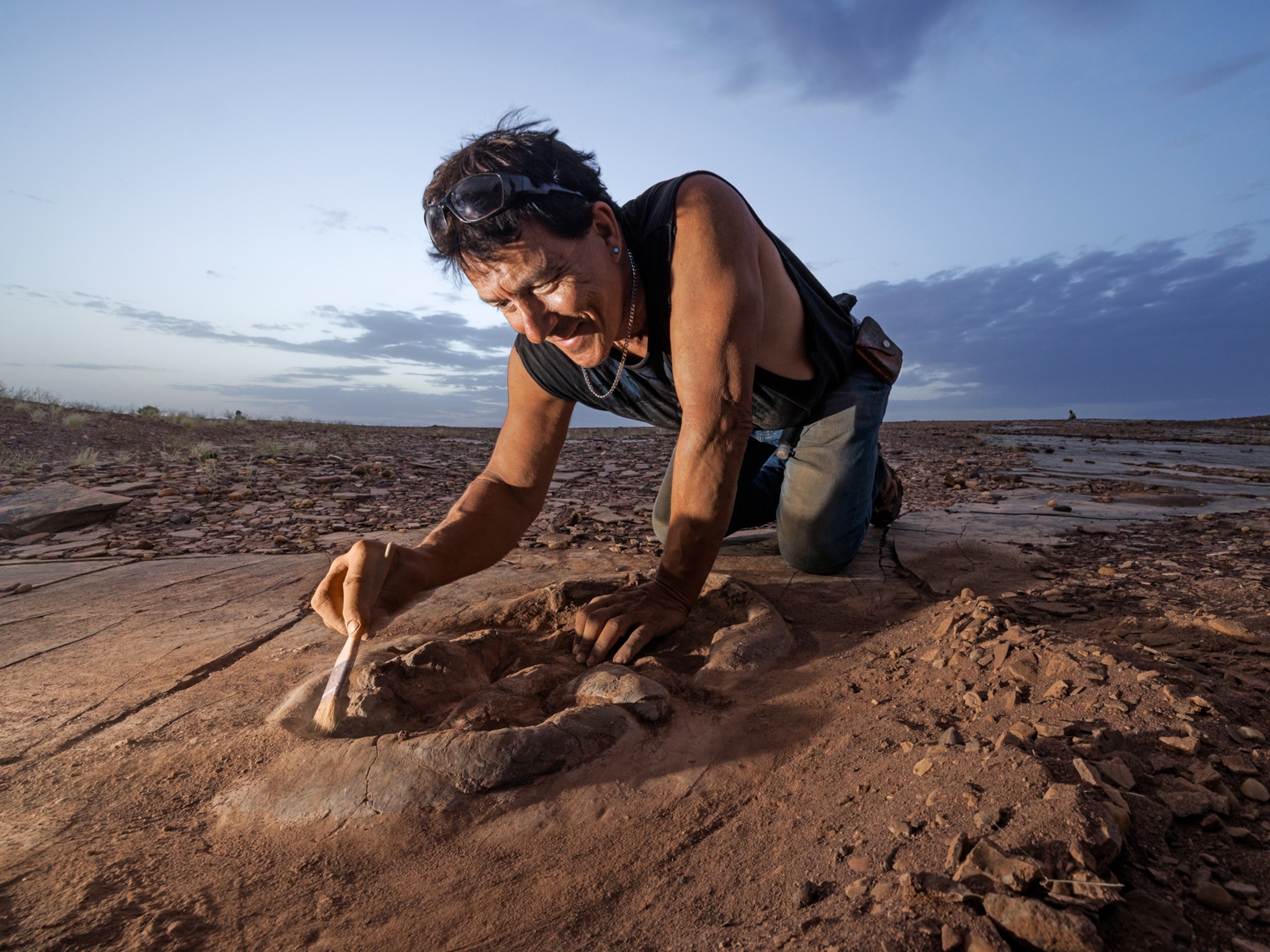Photograph courtesy Diane Scott, University of Toronto
Pictures: Oldest Dinosaur Embryos Show "Big Surprises"
The most detailed look yet at the 190-million-year-old babies reveal a lack of teeth, suggesting their parents may have cared for them, a new study says.
November 18, 2010
